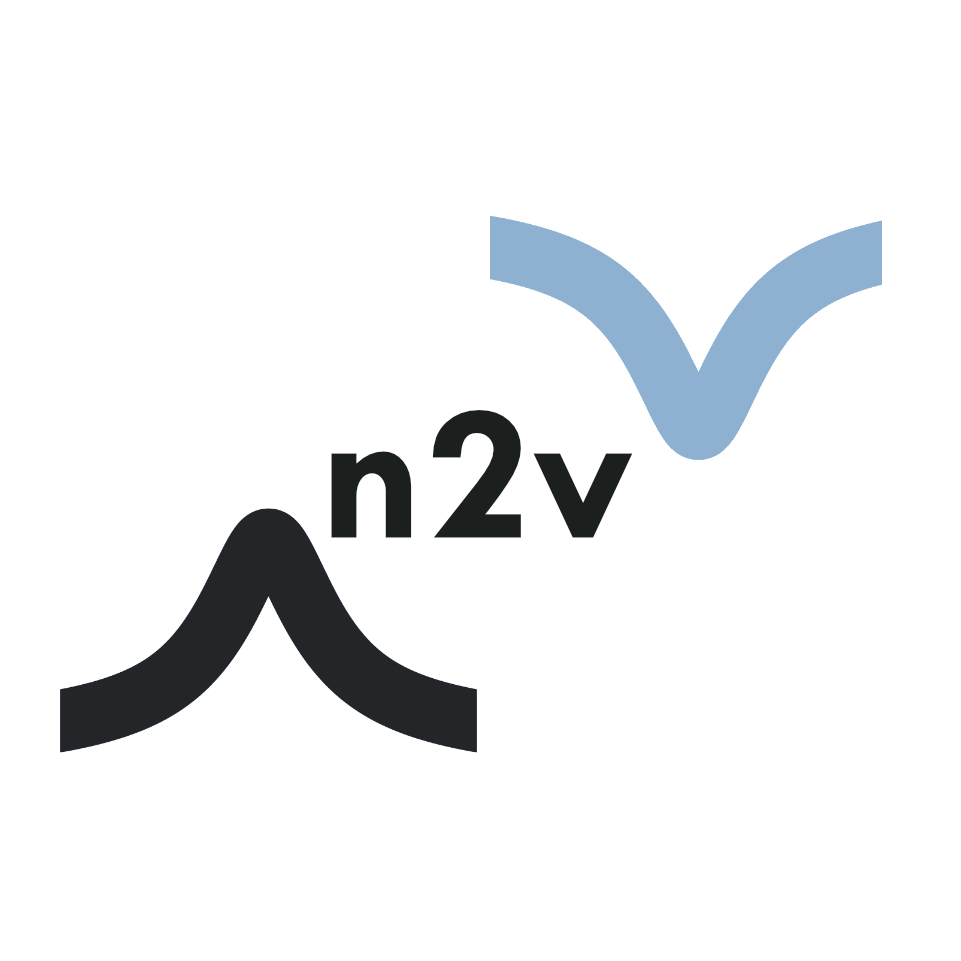PDE Constrained Optimization¶
Taking a similar approach as the Wu and Yang method, the PDE-Constrained Optimization (PDECO) method, is refined by defining a density error so that the Lagrangian is optimized under several constraints.
More information on this methodology can be found at:
Jensen, Daniel S., and Adam Wasserman. “Numerical methods for the inverse problem of density functional theory.” International Journal of Quantum Chemistry 118.1 (2018): e25425.
and
Kanungo, Bikash, Paul M. Zimmerman, and Vikram Gavini. “Exact exchange-correlation potentials from ground-state electron densities.” Nature communications 10.1 (2019): 1-9.
The lagrangian is defined as:
Where the set of p’s and mu’s are langange multipliers for the constraints. And a similar procedure to the Wu Yang method is followed to generate the gradient and hessians to optimize the lagrangian.
